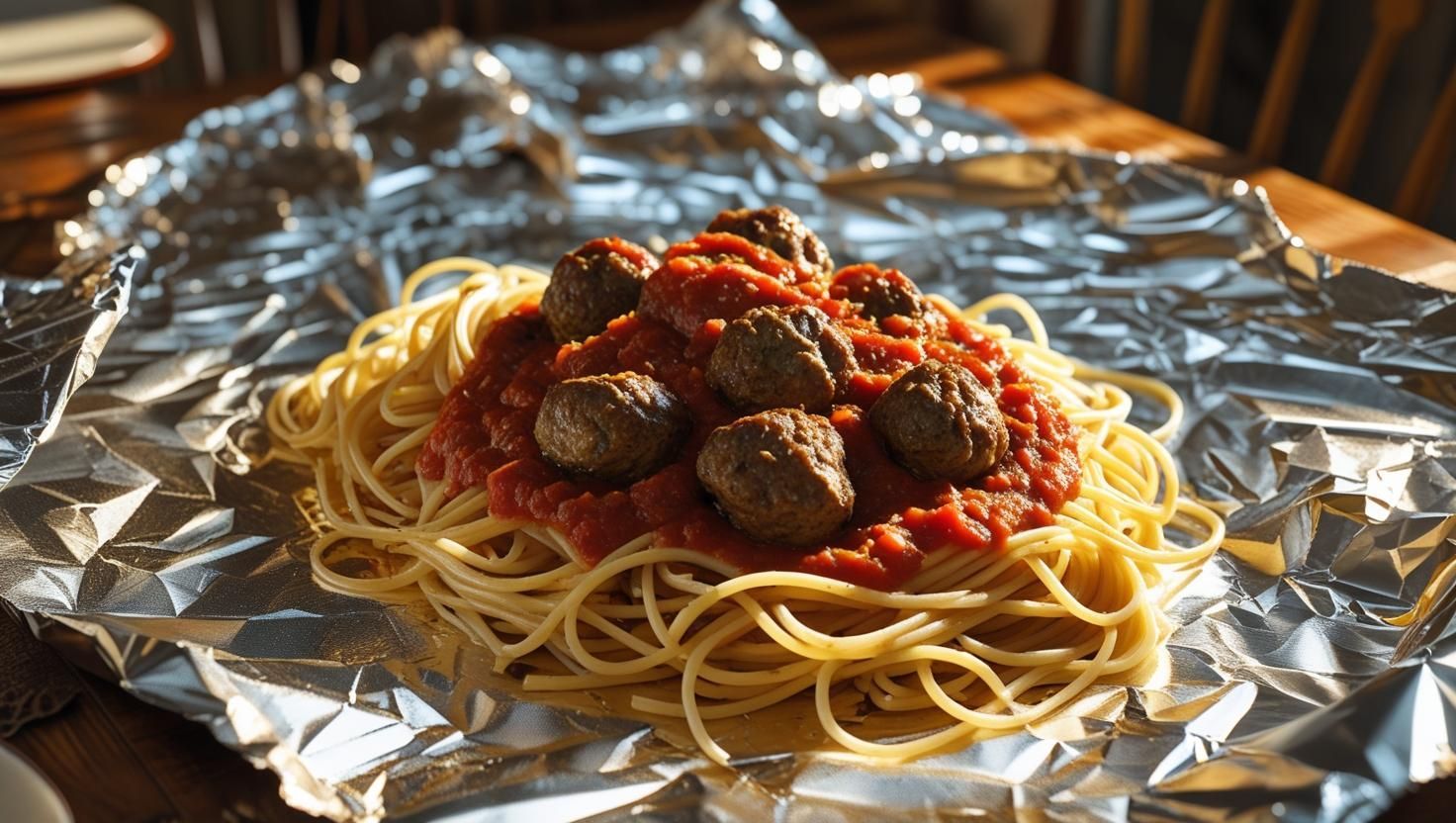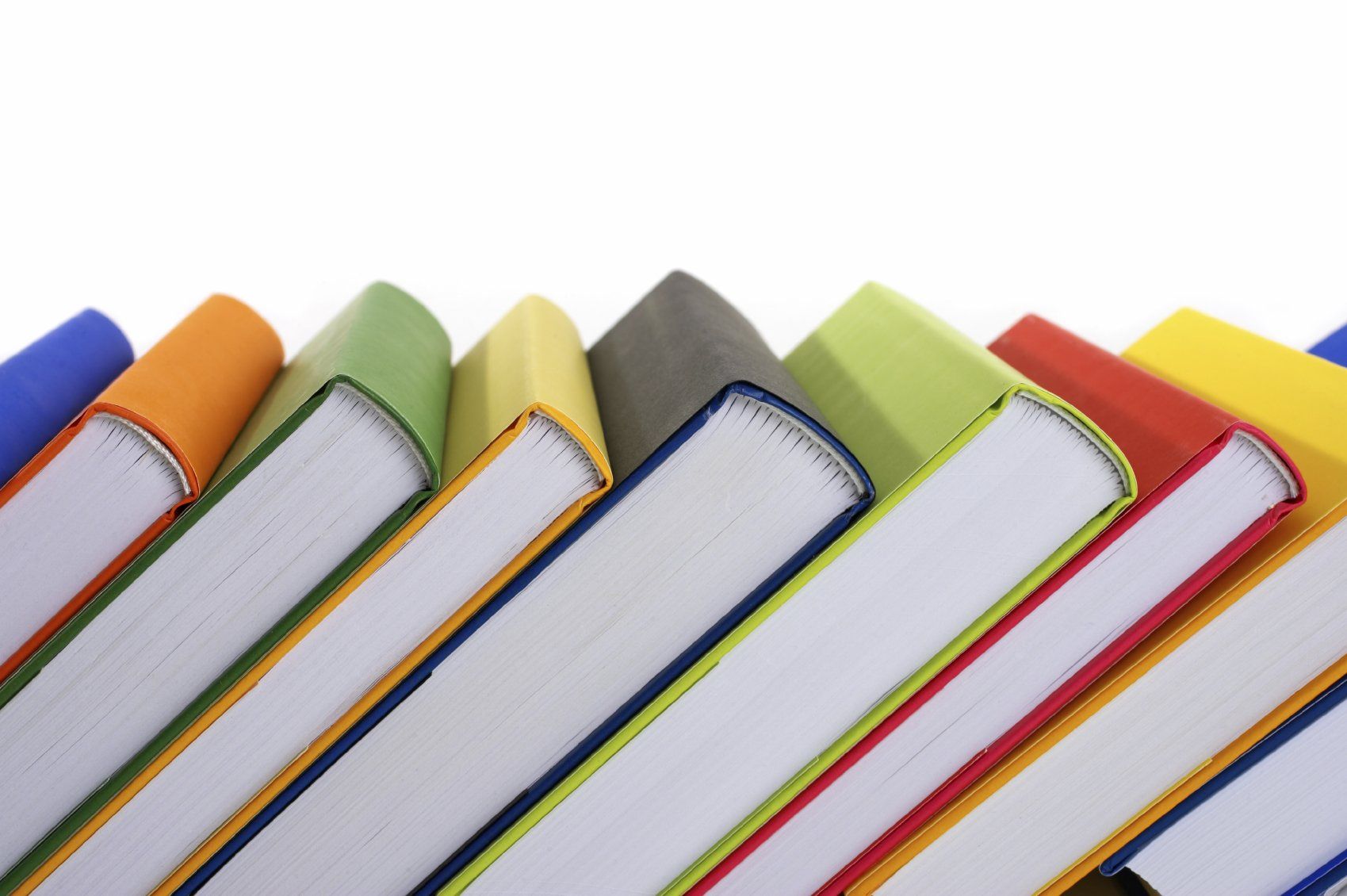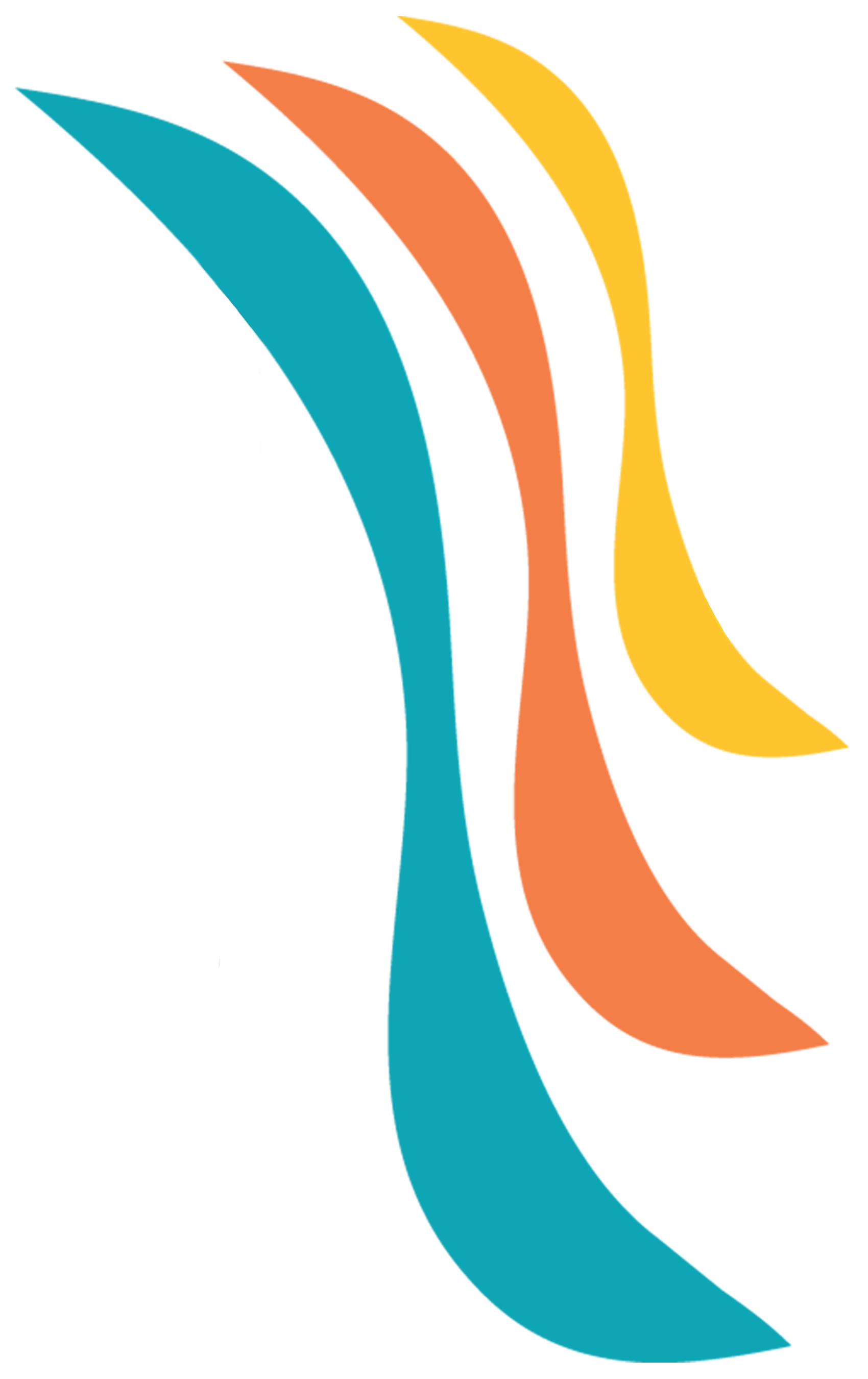Springtime Crafts with OT Based Focus
April 5, 2023
Spring Crafts with Occupational Therapy Based Focus

Handprint Peeps
Supplies:
- Yellow and orange Paint
- Paint brushes
- White and orange construction paper
- Scissors
- Glue Stick
- Black pen or marker
Instructions:
- Paint your child’s hand yellow!
- Place your child's painted hand on white construction paper with the fingers spread out.
- Let dry
- Using a paint brush and orange paint, paint 2 legs and the feet
- Let dry
- Using the black pen or marker have draw 2 eyes
- Using the orange construction paper and scissors, have your child cut out a triangle for the beak (you can draw the triangle first and have them cut out the shape).
- Use the glue stick and place the beak
- Cut around the peep
- Sign your artwork!
Paper Roll Bunny Rabbits
Supplies:
- 1 empty paper towel roll
- 1 empty toilet paper roll
- White, brown, or black paint
- Green paint
- Paint brushes
- Construction paper (any light color)
- Black pen or marker
- Plastic fork
Instructions:
- Dip bottom of paper towel roll in the paint color of your choice (white, brown, or black)
- Put 3-4 circles halfway down the construction paper, staggering them across the page (make sure the construction paper is horizontal)
- Squeeze your toilet paper roll into an oval shape for the bunny ears
- Dip the end of toilet paper roll in paint of your choice
- Put 2 ears on the top of each circle
- Let dry
- Draw 2 eyes, a nose, whiskers, and 2 front teeth
- Dip the plastic fork in green paint and make grass marks under all of your bunnies
- Sign your artwork!
Paper Plate Peeps
Supplies:
- White paper plate
- Yellow and orange construction paper
- Markers
- Scissors
- Black Pen/Sharpie
Instructions:
- Draw a small and large circle on your yellow construction paper (head & body of peep)
- Draw a small triangle on the orange construction paper (beak)
- Cut out all shapes
- Draw a triangular pattern on the paper plate (egg shell)
- Cut along triangular pattern
- Using colorful markers draw Easter patterns on the plate
- Glue your beak in the middle of the small yellow circle
- With black sharpie or pen draw 2 eyes above the triangle
- Glue head to the body
- Glue body to the edge of your egg shell
- Sign your artwork!
Paper Plate Bunny
Supplies:
- Solid color paper plate or white paper plate
- 1 sheet of computer paper
- 2 white pipe cleaners
- Pink pom pom
- Black sharpie & colored pencil
- Scissors
- Stapler
- Tape
- Glue
- Bright colored paint (if using white paper plates)
- Paint brush
Instructions:
- Paint both plates color of your choosing & let dry (If using a white paper plates only)
- If using a solid colored paper plate skip step one
- Cut one paper plate in half
- Draw 2 medium sized eyes on computer paper with black sharpie or colored pencil
- Cut out eyes
- Glue eyes towards the top of whole paper plate
- Take both pipe cleaners and twist together in the center
- Tape to center of paper plate under the eyes
- Tape pink pom pom to where the pipe cleaner is twisted together in the middle
- Using the sharpie draw the bunnies mouth and 2 front teeth
- Staple first ½ of paper plate to the top left of whole plate
- Staple second ½ of paper plate to the top right of whole plate
- Sign your artwork!
Handprint Ladybug
Supplies
- Red & black construction paper
- Scissors
- Glue
- Black marker
- Pencil
Instructions
- On the red piece of construction paper trace both of your littles hands using the pencil
- On the black piece of construction paper draw a medium sized circle using the black marker (to get a perfect circle trace a small bowl or plate) and 2 antennas
- Have them cut out their handprints, circle, and antennas
- Using the marker have them draw varying sized circles on the handprints for the bugs spots
- Glue handprints to the middle of the circle with the thumbs touching at the bottom
- Glue antennas to top of circle
- Draw 2 eyes
- Sign your artwork
Paper Rainbow
Supplies
- Paper plate
- Cotton balls
- Red, orange, yellow, green, blue, & purple construction paper
- Bottle of Glue
- Tape
- Scissors
- Ruler/straight edge
Instructions
- Cut paper plate in half
- Using a ruler or straight edge make equal sized strips going vertically on each color of construction paper
- Cut out strips
- Using glue cover paper plate with the cotton balls
- Let dry
- With the rounded edge of the paper plate, flip the paper plate over and tape colored strips at the bottom starting with the color purple on the left, then blue, green, yellow, orange, and red.
- Sign your artwork

No-plate dinners mean no dishes and no pressure—everyone builds their own meal. The only challenge? Be ready for a little mess and some planning. To encourage selective eaters to try new foods, it is important to create exposure opportunities in a no pressure environment. No plate dinners and/or grazing tables provide

We know that transitioning back to school can bring excitement, challenges, and lots of questions—so we’ve created a comprehensive Fall 2025 campaign to help support your child every step of the way. From therapy tips and healthy lunch ideas to movement routines and fun events, our team is ready to help children of all

This summer, have fun in the sun and stay safe in the water! Here are a few tips for caregivers and parents to keep kids safe this summer. Quick Facts: Drowning is the number one cause of injury death in children ages 1-4. Nearly 70% of drownings among children under four occur during non-swim times. Bathtubs are the most common location of drownings inside the home, and more than half of bathtub deaths involve children less than one year old. Drowning is almost always silent, and it only takes seconds.

Getting a selective eater to try new foods is a process. Keep in mind that the goal is to provide your child with the opportunity to be exposed to new foods. Continue to introduce them to unfamiliar foods, have them see that you eat and enjoy them, all the while making sure they have safe foods that they know they can count on. Giving your child permission helps to reduce anxiety around new foods. Inviting your child to be around and try new foods is a very different experience than forcing them to try new foods.

With summer here, your kiddos are likely on a constant hunt for snacks. To help them develop healthy eating habits, try spacing meals and snacks about two hours apart. This gives their little tummies time to feel hungry, enjoy a snack, and recognize when they’re full. When kids “graze” throughout the day—eating small amounts here and there—their bodies have a harder time learning to recognize hunger and fullness cues. Grazing can also lead to more frequent choices of less nutritious, grab-and-go snacks. Let's Support Healthier Habits To support healthier habits, pre-plan snack options and post a visual snack “menu” on the fridge. This gives kids structure, helps them feel independent, and encourages better choices. And why not make snack time fun and educational? Try simple food crafts together—it’s a great way to bond with your child(ren), have fun in the kitchen, and explore possible new foods at the same time! UNDER THE SEA: Shark Snack Cups from Mommy's Fabulous Finds Festive treat made with yogurt, jello, cool whip, graham crackers and optional gummy shark Shark Week Bait from Alex Daynes A lighter treat that includes popcorn, white chocolate chips, f ood coloring/sprinkles, Sixlet Candies, gummy sharks, and pretzel goldfish Candy Sushi from Happy Family Recipes Themed snack made with Rice Krispie Treats (butter, marshmallows, vanilla, Rice Krispie Cereal) Fruit Roll-Ups, large Swedish fish, mini Swedish Fish BEACH + ANIMAL THEMES: Beach Bear Dirt Cups from Made To Be A Momma Celebrate summer with pool inspired lounging! Ingredients include: Teddy Grahams, white chocolate pudding, milk, cool whip, graham crackers, gummy life savers Curious George Snack from Mess for Less (tip, Read a Curious George book to go along with this one!) Enjoy a book and a snack with this Curious George inspired snack! Ingredients include: Nutella, s liced bananas, b lueberries, r ice cakes Animal Tracks Snacks from Loreen Leedy Great snack for the outdoorsy kid who enjoys animals! You can use a variety of ingredients including: cheese, crackers, pretzels, cream cheese, almonds and pepperoni FOR THE NATURE LOVER: Nature Snacks : Edible Crafts for Kids - Parties With A Cause A large variety of snacks for nature lover of all kinds including all sorts of flora and fauna options! POPSICLES: Fresh Fruit Popsicles from One Little Project How to Make Fruit Popsicles with Real, Fresh Fruit Strawberry Breakfast Popsicles from Fraiche Living We can imagine all sorts of variations of this recipe! Start with the following simple ingredients: yogurt, fresh strawberries, milk (or your choice) lemon juice and granola Frozen Yogurt Banana Pops from Kalejunkie Such a simple, yet festive recipe that uses ingredients commonly found in the kitchen such as bananas, yogurt and sprinkes! FOOD IMPOSTERS: Pancake Donuts from Balanced with Babies Made with just two ingredients: pancake mix and milk! You will need a fun donut shaped mold for this recipe Breakfast Banana Split - Art From My Table Ingredients include: banana, yogurt, blackberries, raspberries, granola, mini chocolate chips Fruit Cracker Pizzas from Sunshine & Hurricanes Crackers + cream cheese + fruit! Watermelon Rice Krispy Treats from My Heavenly Recipes Festive treat to be shared! Made with butter, marshmallows, R ice Krispies, food coloring and chocolate chips




